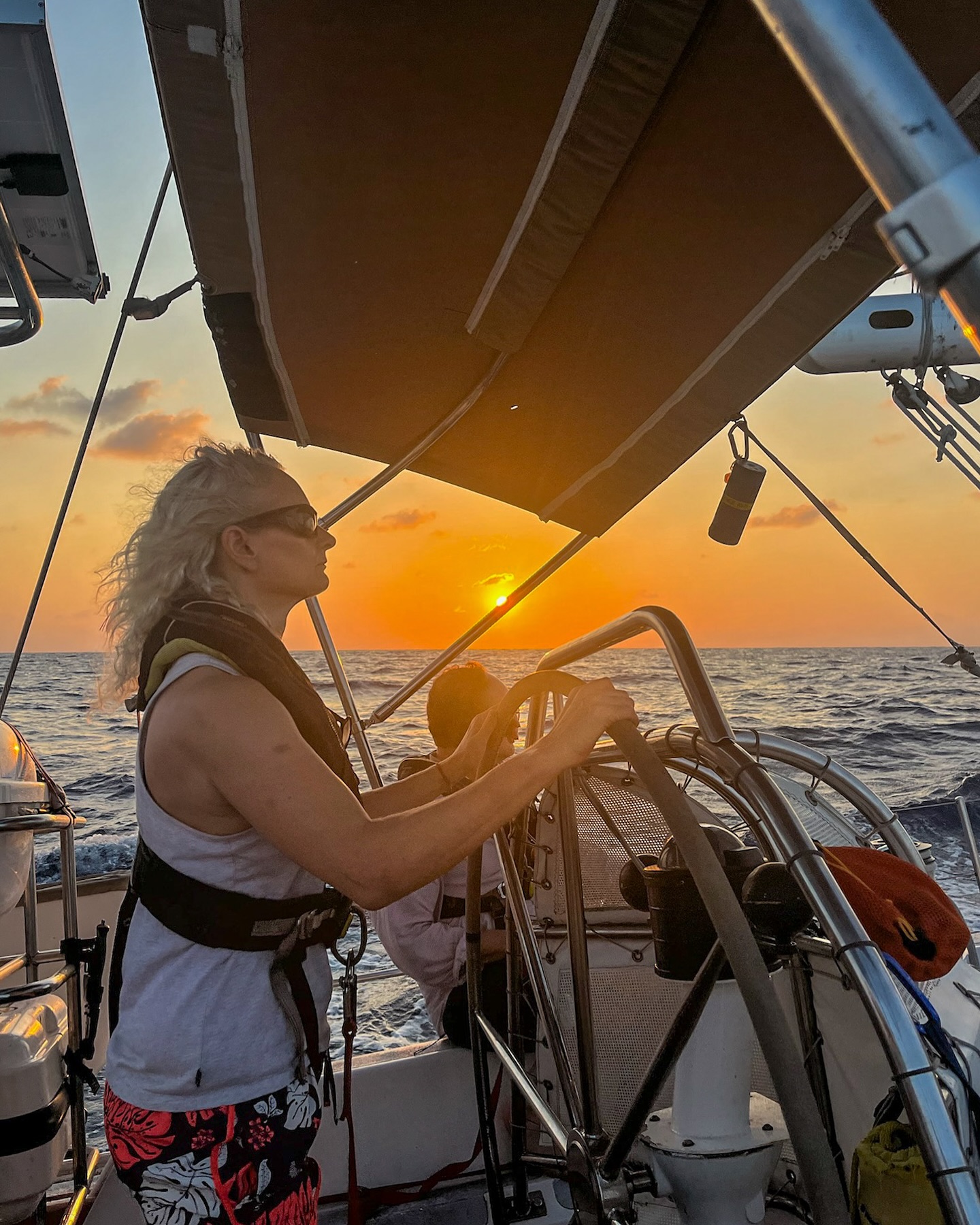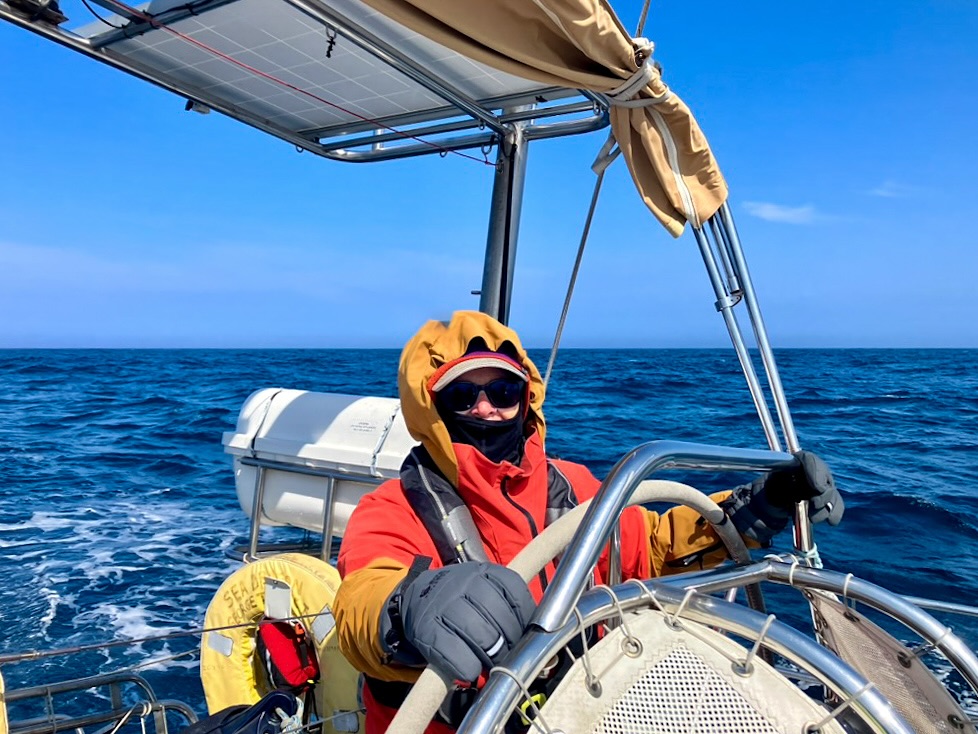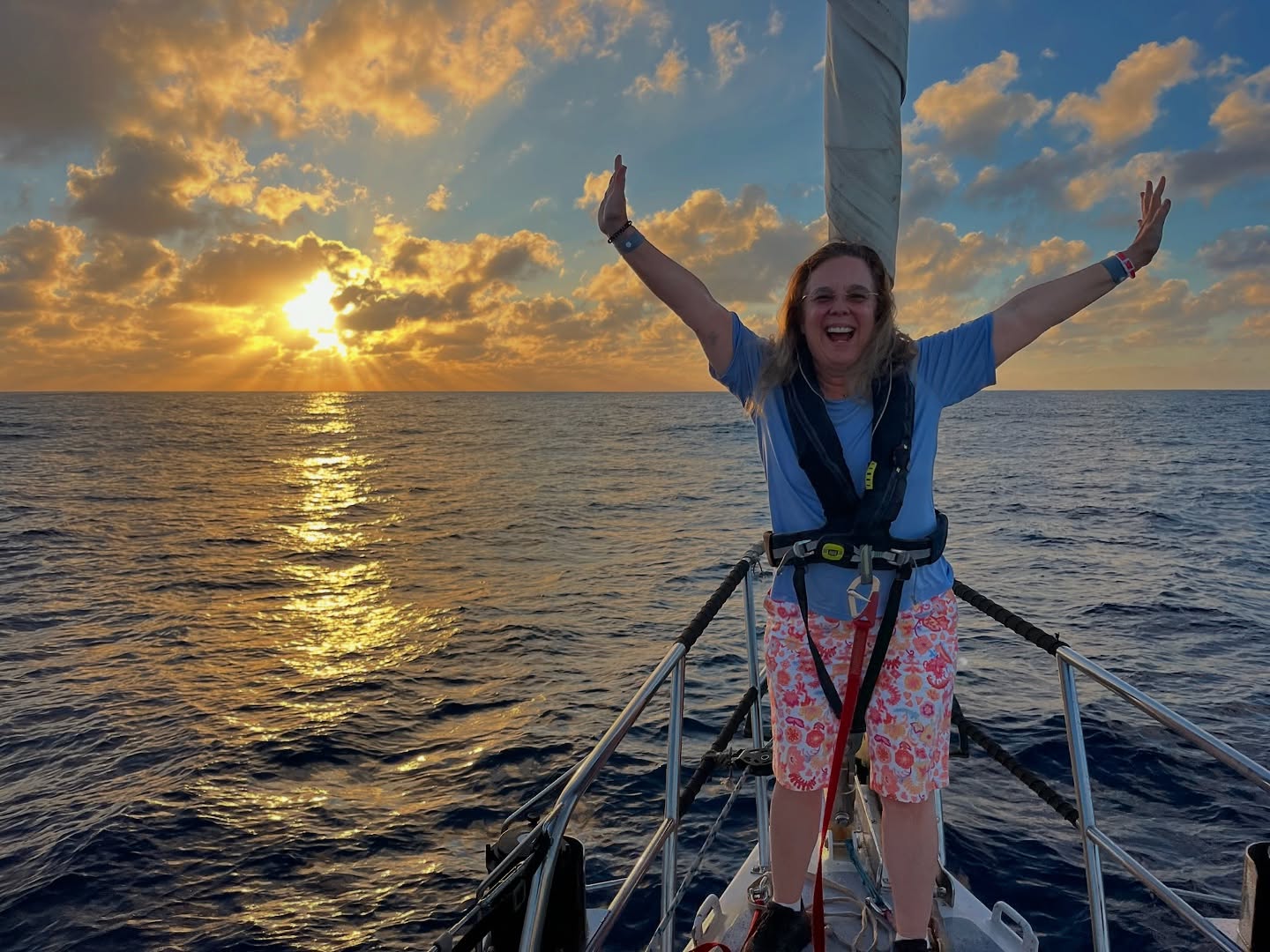https://vimeo.com/80145347
The Ocean Cleanup with Pangaea Explorations from Pangaea Explorations on Vimeo.
Sea Dragon is safely berthed in Charlotte Amalie, St. Thomas, after a tumultuous but ultimately successful voyage from Bermuda. I’ve sailed with a lot of different crews over the years, and dealt with a lot of different gear on the boat, and as I said good-bye to this team, I realized that this was one of our most challenging trips, and we had one of the best crews on board to meet the challenge.The ultimate goal of our voyage was to test a new multi-level plastic trawl for Boyan Slat, founder of The Ocean Cleanup. Until recently, all open ocean plastic research has been done by surface trawling with manta trawls or plankton nets. This has given researchers a good idea of what is on the surface of the Gyres, but left a lot of people wondering what lurked deeper down. After all, as waves build, we know that we see less plastic on the surface as it is forced down by turbulence, but we don’t know how much remains at deeper depths. Although various estimates have been made, no real hard data has been collected.

Boyan and his team have a very ambitious goal of trying to clean the Gyres of the world’s oceans, and to do so they need to learn at what depths the plastic exists. Dr. Marcus Eriksen of the 5 Gyres institute has been tackling the same problem for years from a different angle, collecting and publishing some of the more comprehensive studies on gyre plastic and working to stop the influx of new plastic into our Oceans. As research has developed toward multi-level trawling, the two groups have been collaborating on the design and testing of their respective trawls so that their data is comparable.

On this voyage we faced rough weather conditions for the first few days, which tested the patience and the stomachs of the crew. When the wind finally subsided enough to begin trawling, I was impressed by how well everyone handled what was potentially a very dangerous piece of hardware swinging around on the deck as we deployed the trawl and took our first sample in 6-9 foot seas and 20kts of wind. Getting the 15′ long trawl, which weighs over 100 lbs, safely on and off of a pitching deck not much larger than it is requires precise coordination and cooperation, and we had it – everyone knew exactly what needed to happen and the trawl went in and out of the water without a hitch.
We managed 3 more trawls in calmer seas closer to the Caribbean, each time refining our technique for deploying and recovering the trawl, as well as processing the data from it – cleaning out 11 cod-ends became an almost full-time occupation for the crew as we found quicker ways to get them washed and their plastic contents stored for transport back to the lab.

This trip was a great success, working out kinks in a brand-new design, stress-testing it in very rough conditions, and finishing in St. Thomas with the first successful multi-level trawls that I am aware of. Well done, Team Science!
Eric Loss – Pangaea Explorations skipper
Want to join us on our next expedition? Check out our 2014 schedule!

























